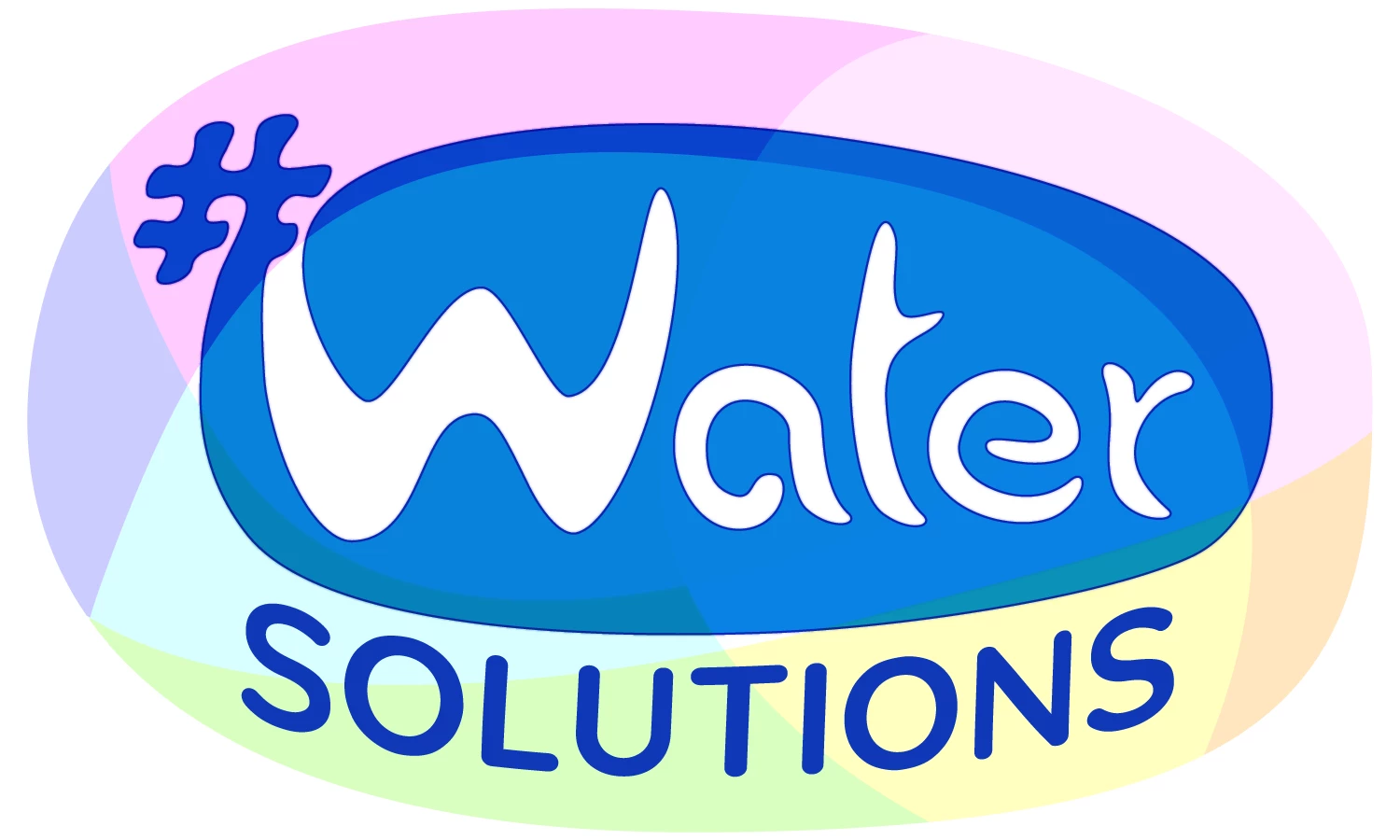Editor's Note: 
Water scarcity is a pervasive problem across much of China. By the numbers, per capita water resources stand at only 2,100 cubic meters, which is one-fourth of the global average. Population growth, agricultural demands, and the adverse impacts of climate change further compound the challenge.
As China moves to secure water for all and provide a foundation for continued sustainable social, economic, and environmental development, there are many important lessons that have global relevance and application.

Improving sustainable agricultural water management is a key country-wide water challenge; Irrigated agriculture is the main user of water resources (60%), followed by industry and domestic consumption. In the water scarce provinces, this percentage can go up to 90%. The problem is further exacerbated through conflicts between upstream and downstream users of China´s large rivers – upstream, farmers increase their use, while downstream users essentially have less water left for themselves. Irrigated agriculture is a key contributor to rural employment and livelihoods for around 30% of the country’s population (2014) and hence a matter of high political priority. According to World Bank data, the agriculture sector account for 8.6 percentage of the China GDP in 2016. The Government of China was therefore looking for real results in water conservation, in addition to increasing efficiency of use. Experience shows that increasing efficiency alone does not reduce the overall water consumption as farmers may increase their production.
The Water Conservation Project II supported by the World Bank tackled these water scarcity issues head-on through a series of interlinked operations in the Chinese provinces of Hebei, Shanxi, and Ningxia – three of the most water-scarce provinces in the Northern region of the country. To reduce net water consumption, the project sought to reduce water withdrawal for irrigated agriculture in Ningxia and Shanxi Provinces, and groundwater overdraft in Hebei Province. In addition, the project also provided incentives to farmers to lower the agricultural production costs and increase the agricultural yield and value in all three of those provinces.
How did the Water Conservation Project II successfully reduce net water consumption?
First, the project’s integrated approach contributed to its success. In particular, the project blended supply-side measures and demand management interventions, such as combining investments in engineering works, agricultural investments in land husbandry, agronomic measures, and improved irrigation technology and management. Additional approaches included the following:
- Water-saving infrastructure
- Technological improvements
- Volumetric water pricing
- Participatory agricultural water planning and self-management
- Consumption-based water allocation and management

“It is very easy. You just need to swipe the card and water will come to your field,” he says. Watch his story
Third, the project invested in empowering local communities, building cooperative water user groups, and institutional strengthening through the establishment of new Water User Associations (WUAs) and the strengthening of existing ones. In project areas, self-managed WUAs were given responsibility to operate and maintain parts of or entire the irrigation system. WUAs were given the mandate to collect volumetric water charges and participate in water use planning and management.
Fourth, the project focused on farmer empowerment and incentives for farmers to change water use and water management behavior. The WUAs also organized the farmers around the management of the irrigation systems, water conservation, and water-saving measures, as well as tools and approaches to increase their productivity. The involvement of farmers in preparation, management, and maintenance of agricultural water-saving irrigation projects had a direct impact on the functionality and sustainability of the measures taken, as well as on the acceptance of new ideas and concepts by the farmer communities – such as switching to less water-intensive and higher-value crops.
Water Conservation Project II results in raised incomes and reduced water consumption
The Water Conservation Project II resulted in increases in farmer incomes while reducing water consumption and conserving the environment. The increase in agricultural water productivity also enhanced the climate resilience of the farming communities. Additional project results in the project areas speak for themselves:
- Crop yields increased significantly against 2011 baseline figures in all cases.
- Water withdrawal in Ningxia was reduced by 22.67 million cubic meters (MCM) per year.
- Groundwater overdraft in Hebei was reduced by 16.52 MCM per year.
- Groundwater withdrawal in Shanxi was reduced by 5.80 MCM per year.
- New or improved irrigation and drainage services reached 594,200 beneficiaries, of whom 287,300 (48 percent) are women.
- Altogether, 290 WUAs in the three provinces have been created or strengthened by the project, comprising over 800 staff and more than 760,000 members (around half are woman).
- Agricultural water productivity in project areas increased from 1.0 to 1.40 kg/m3 (of ET).
Related:
Feature Story: Empowering Farmers And Implementing Modern Irrigation Helps China Reduce Water Consumption


Join the Conversation